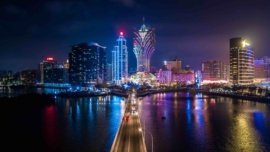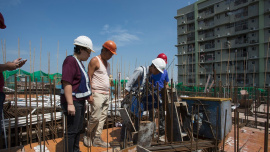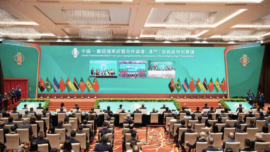What is it that makes a city desirable to live in?
This is a question that concerns public agents, urban planners, scholars, and citizens, mostly.
Quality of life, an index to measure a city’s attractiveness, is a topic of conversation, reason for public concern, and a goal, ultimately, in people’s lives.
By nature, it is contentious. Not everybody wants or seeks the same things.
It is hard to strike a balance where public and private interests often clash. Eventually, it becomes a matter of which side you are on. But that’s open to negotiation. Although we cannot easily picture real estate developers lobbying for more public parks in the city, they might, if they think about the long-term return; a house with a garden, a room with a view, so the story goes.
In the latest ranking of cities offering the best quality of life worldwide, released in early 2017 by Mercer, a consultant, Vienna came first. With the exception of Auckland and Vancouver, the top ten cities are all located in Europe.
Safety, good welfare-state provision, and a high life expectancy, to name a few, were all part of the equation that put the Austrian capital in the coveted spot.
Within this framework, however, less consideration of equally fulfilling things in life, such as food experience and exposure to natural light, lowers the appeal, so to speak, of other, more alive, organic, and global places.
Hanoi, for instance, has an extremely vibrant street food scene, but the fact that it is a bit on the rack makes it a lesser contender. It came in at the 156th position on Mercer’s ranking.
Hong Kong came 71st. Macau did not make the list.
At the end of the day, part of it comes down to personal choice. Perhaps a wonton soup in that rundown neighbourhood speaks more to you than a tart in a fancy Viennese café.
That said, there is still a ways to go here.
European cities have been constantly re-adapted in line with comprehensive planning. Overall, they have gone greener and integrated more hi-tech features. Gardens remain a public entity as well as an aim in urban design. The fact that cities with hundreds of years of history remain both functional and beautiful speaks for itself.
In Macau, one solution to density has been to create “pocket parks,” small green buffers in the middle of a forest of concrete and cars.
It is a start. But is it what a liveable city should feel like?
* To my sharp-witted urban thinker friend























